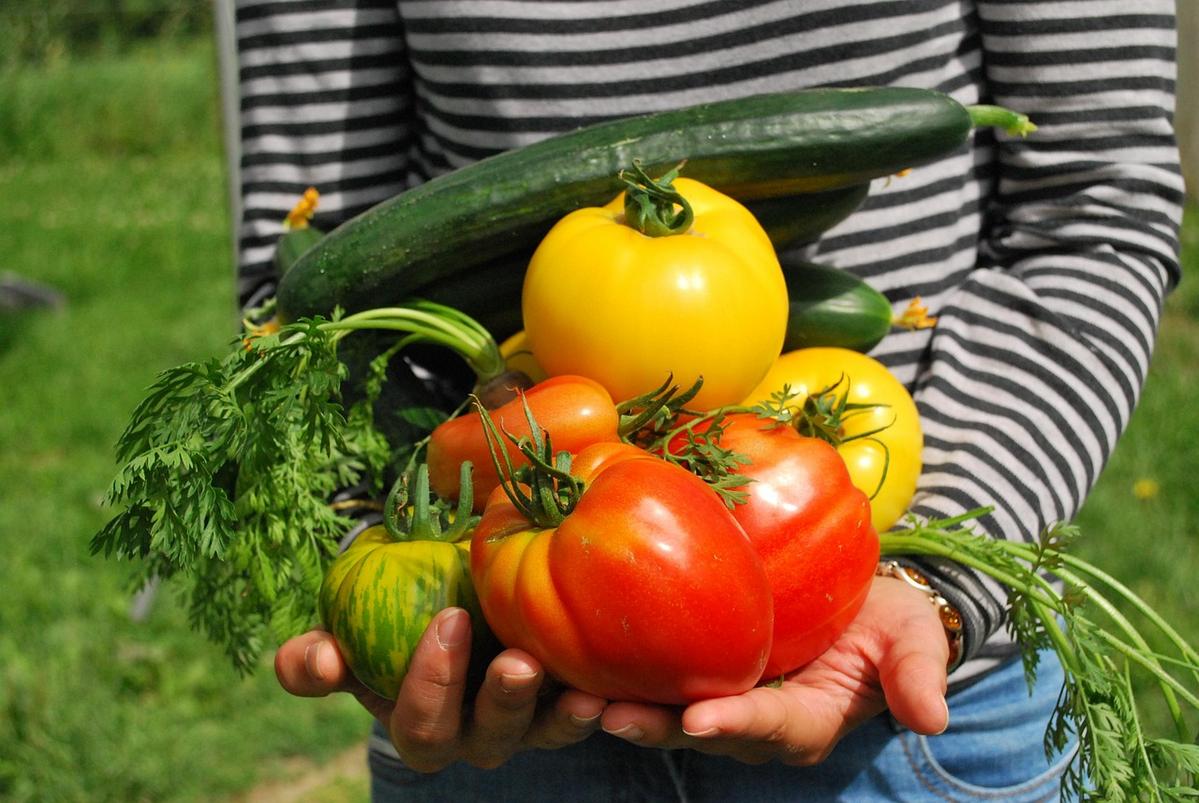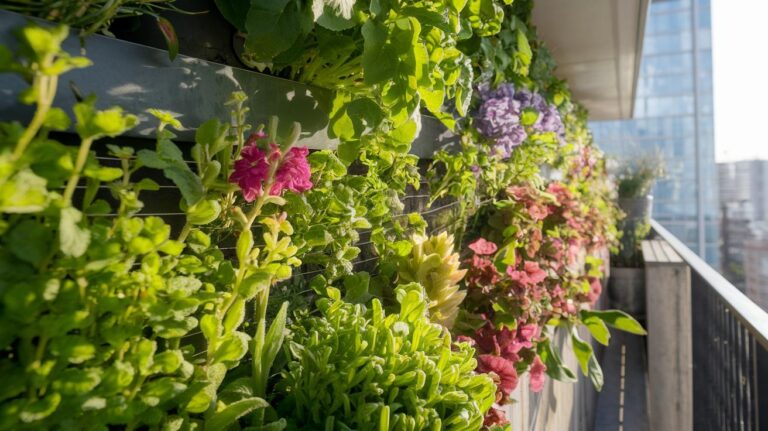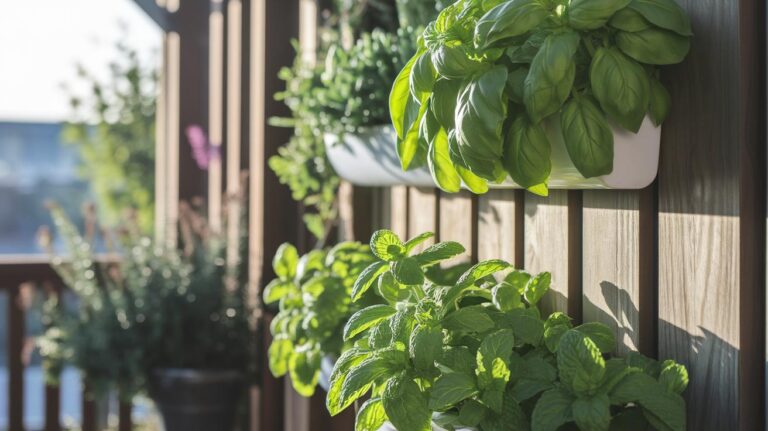5 Quick Fixes to Rescue Your Stunted Vegetable Harvest
Few things feel more disappointing than wandering into a garden and spotting pea pods no larger than a fingertip, cabbage heads that barely fill a handful, or carrots that look like pencil stubs. Gardeners expecting a bountiful harvest instead stare at scrawny produce. Rather than letting frustration take over, home growers can tackle five widespread challenges that stunt vegetable development and improve future yields.
Some vegetable varieties demand almost no intervention. Others cry out for precise soil, water, and temperature conditions. Unlike ornamental trees and shrubs, edible plants labor to create fruits or roots, drawing on soil nutrients, water, and sun. Gardeners must give vegetables the right balance of resources if they hope to enjoy crisp carrots, juicy tomatoes, and plump peppers.
Reaching for a bag of granular fertilizer often feels like the quickest fix when fruits fail to swell or foliage turns yellow. A closer look usually reveals missing mulch, erratic watering routines, or plants battling temperature extremes well outside their comfort zone. Pinpointing what holds back growth provides a clear path toward turning around lackluster performance.
Peeking into every corner of a planting bed helps uncover clues: hardened topsoil, crusted mulch, weeds crowding seedlings, or damp areas where fungus thrives. A careful sweep of the plot highlights sections that run dry after a single hot afternoon or remain soggy for days after rain. Understanding what soil, water, and seasonal conditions look like in real time boosts the odds of rescuing struggling crops.
These five factors appear in backyard containers, raised planters, and traditional ground rows alike. Addressing them early in the season gives plants a chance to recover before summer’s peak heat or fall’s first chill sets in.
Inconsistent water levels can halt vegetable growth in its tracks. Both drought stress and root flooding leave plants too weak to form flowers, fruit, or robust leafy greens. Seedlings may die before they establish, and maturing roots may crack or rot under soggy conditions. Any extended dry spell can cause tiny pea pods and stubby carrots, whereas standing water deprives roots of oxygen, inviting rot and poor texture.
Most home gardens perform best with a regular irrigation routine that keeps soil evenly moist rather than bone dry or waterlogged. Warm-season crops such as tomatoes, peppers, and carrots flourish when given steady moisture from spring through autumn. Set up drip tubes, soaker hoses, or a sprinkler system that wets the root zone deep and slowly, cutting back enough time between watering sessions to let the top few inches of soil feel slightly dry to the touch.
Garlic preparing to form bulbs and bulbing onions prefer an occasional soak that keeps necks from rotting. Herbs such as rosemary or thyme tolerate intermittent drought and thrive on lighter watering. Checking soil moisture by sinking a finger two inches deep delivers a hands-on signal for gardeners. A light mist over foliage can keep creeping herbs happy, but long, slow drips serve root vegetables and nightshade families best.
Oftentimes overwatering appears useful for green, lush leaves on squash and cucumber vines, yet excess moisture saps flavor in pepper fruits and leads to mushy texture in eggplants. Researchers studying tomato quality report that over-irrigation can dilute sugars and reduce firmness, resulting in bland produce. Tailor each plant’s water intake to its stage of growth, reducing overhead sprays when bloom drops have settled on tiny fruits.
Harvesting rainwater into barrels can supply a gentle, chlorine-free source for irrigation. Using a simple moisture meter or timer-controlled drip emitter helps deliver consistent hydration without guesswork.
Soil that lacks key nutrients often produces small, oddly shaped, or bitter vegetables. Nitrogen powers leafy development, phosphorus fuels flower buds, and potassium supports sturdy stems, seeds, and fruit ripening. Without enough of these building blocks, pea vines may climb but yield underdeveloped pods. Pepper plants can set flowers that shrivel before turning into mature chilies.
Frequent compost application prevents the soil from running low on key nutrients and enhances microbial life that aids nutrient uptake. A one-inch layer of well-rotted compost sprinkled over beds in early spring and again after a midseason harvest provides a gradual feed to growing crops. Compost keeps the soil loose, encourages earthworm activity, and reduces the need for additional fertilizer.
If compost has not been added for several seasons, a simple soil probe test will reveal deficiencies. Home gardeners can send samples to a local extension office or use do-it-yourself kits that measure pH, nitrogen, phosphorus, and potassium levels. Test results guide the amount of added fertilizer required. Steer clear of salt-based synthetic products that can strip away beneficial organisms, leaving soil barren after repeated use.
Organic granular or liquid blends designed for edible gardens supply nutrients without harming the tiny soil dwellers that break down organic matter. Work in approved fertilizer following package rates during spring, summer, and early fall. Water the amended patches deeply to move nutrients toward roots and avoid surface runoff.
Sowing cover crops like clover or vetch in fall strengthens soil structure and adds organic matter when they are turned under. Checking pH keeps nutrient availability at peak levels.
Choosing plants out of sync with local temperatures often leads to stunted leaves, poor flowering, and crops that abort before maturing. Cool-loving vegetables such as broccoli, cabbage, and spinach develop fat roots and tight heads when air and soil temperatures stay below 75°F. Soil temperatures above 85°F trigger tender greens to bolt into bitter seed stalks and cause carrots to form skinny, insipid roots.
Summer heat suits plants in the Solanaceae family and other warmth-loving crops. Tomatoes, eggplants, peppers, squash, and beans prosper with nighttime lows above 60°F and daytime highs between 80°F and 90°F. Gardeners in chillier regions often start seeds indoors in late winter, giving transplants a head start before outdoor beds reach comfortable temperatures.
In regions with mild winters, fall and spring planting windows support succession crops of lettuce, peas, kale, and beets. Those cool-season favorites can handle light frosts and often produce their biggest, crunchiest yields before summer heat arrives. Consult local frost-date tables to know average last and first frost days, then shift sowing schedules accordingly. Choosing seed varieties rated for your USDA hardiness zone cuts the risk of cold damage or heat stress.
Skipping mulch exposes bare soil to harsh sunlight and strong winds, creating a surface crust that drains away moisture and drives beneficial worms and microbes deeper underground. Without those soil workers near roots, nutrient cycling slows, and plants may struggle to access minerals locked in deeper layers.
A fresh layer of organic mulch protects soil structure by slowing evaporation and insulating roots against sudden temperature swings. Compost, leaf mold, straw, and grass clippings all make effective mulches that feed the bed as they break down. Sprinkle two to three inches of material over planting areas, keeping mulch pulled back an inch or two from stem bases to avoid collar rot.
Avoid fresh wood chips in vegetable plots, since they rob nitrogen in the short term as fungi and bacteria break down lignin. Periodic additions of compost or chopped leaf litter provide a more balanced source of organic matter. Hemmed rows of mulch require less weeding and help suppress aggressive annuals that rob the soil of nutrients.
Pests come in many forms—competing weeds, sap-sucking insects, or fungal and bacterial diseases—and they can bring a vigorous garden to its knees before harvest time. Small critters such as aphids, thrips, spider mites, and caterpillars latch onto tender leaves or burrow into fruit, stunting growth and lowering output.
Fungal problems like powdery mildew, root rot, or leaf spots often flare up in crowded beds where air circulation is poor and soil remains moist for extended periods. Pathogens find it easier to attack plants whose immune systems are stressed from drought, heat exposure, or nutrient imbalances.
Keeping planting rows clean and well-spaced helps air move freely around each stem and leaf. Pulling weeds promptly eliminates competition for water and nutrients. Encouraging natural predators such as ladybugs or lacewings provides a biological check on insect pests. Morning sprays with a strong hose stream can wash off delicate invaders before they lay eggs and multiply.
When disease strikes, identify environmental triggers rather than relying on chemicals alone. Adopting crop rotations to prevent buildup of host-specific pathogens in the soil, thinning out crowded foliage, and watering at ground level instead of overhead all reduce disease pressure. In stubborn cases, detaching infected leaves and disposing of them away from the garden can halt spread.
- Some vegetables tolerate rough conditions better than picky types. Cold-hardy lettuce, quick-maturing radishes, and many tomato varieties often succeed in beds that defeat delicate root crops.
- Steady moisture keeps plants growing at a constant rate. Check soil regularly and water deeply whenever the top inch begins to dry.
- Plant according to temperature preferences. Sow cool-season crops like broccoli and carrots in early spring or late summer, and save warm-season favorites such as peppers and beans for the hottest months of the year.
- A healthy ecosystem of soil organisms and predatory insects helps defend crops. Blooming flowers at bed edges feed bees, hoverflies, and parasitic wasps that hunt pests.
- Water requirements vary by climate and species. Most gardens need just one thorough irrigation per week, but hot spells may call for daily attention on vulnerable plants.
- Partial shade makes room for extra harvests in gardens that lack full sun. Many herbs, leafy greens, and root crops manage on three or four hours of direct light each day.
- In 2009, First Lady Michelle Obama planted a vegetable garden at the White House, continuing a tradition dating to President John Adams and Mary Todd Lincoln.







